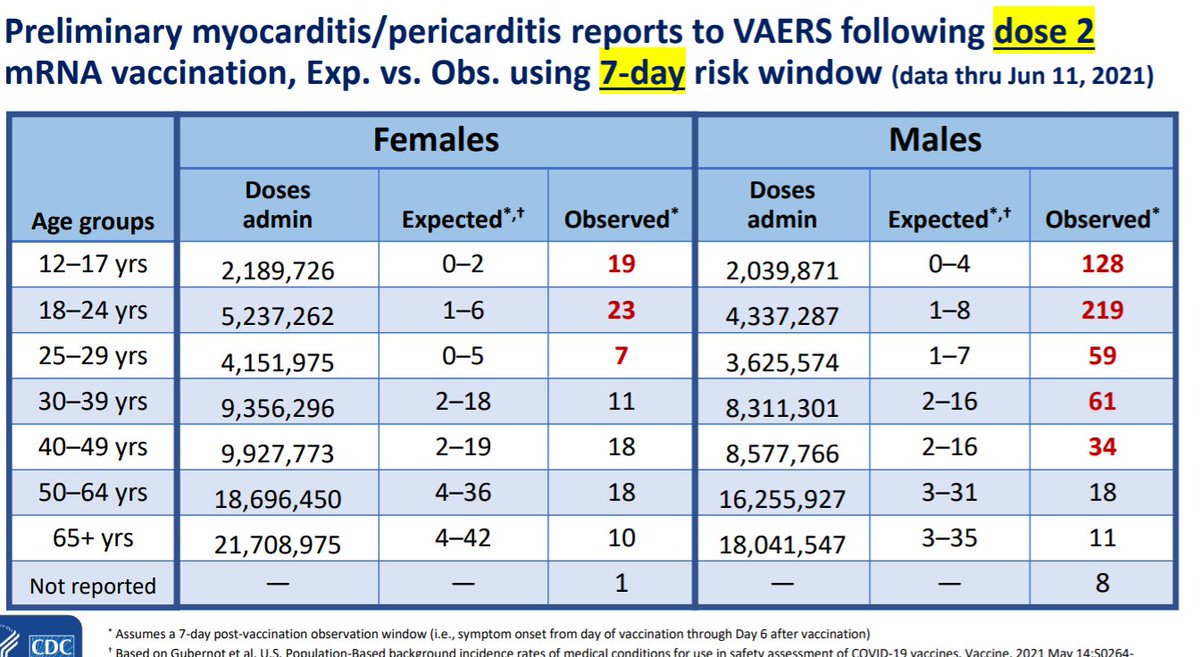
Great article by colleague @AmeshAA, Johns Hopkins. "COVID became public health emergency because, unlike 4 other coronaviruses that cause 25% cases of common cold, able to cause severe disease on scale and speed that threatened hospital capacity in US"
thehill.com/opinion/health…
thehill.com/opinion/health…
"Walking through a hospital this month is so different than it was in January 2021 for one reason: the vaccines..looking at vaccination rates one may be struck by the fact that a proportion of Americans are not vaccinated. However, I would argue that is not the best metric .."
"to gauge where we are in the pandemic. Not only does that number omit significant natural immunity from prior infection, but it also undersells the initial goal of the vaccination campaign. Over 3/4 of those above 65 — the high-risk hospitalization group — are fully vaccinated"
and some proportion of the unvaccinated likely have natural immunity). Even in areas with low overall vax rates, a substantial proportion of those in the high-risk group are fully vax'd....has allowed the virus to be defanged and tamed to the point where it has lost the ability"
to ever threaten hospital capacity, in the manner it could just six months ago...it is important to push vaccine rates as high as possible to increasingly make COVID-19, and its variants, unable to disrupt lives and cause illness, ..but can celebrate where we are now!"
• • •
Missing some Tweet in this thread? You can try to
force a refresh






